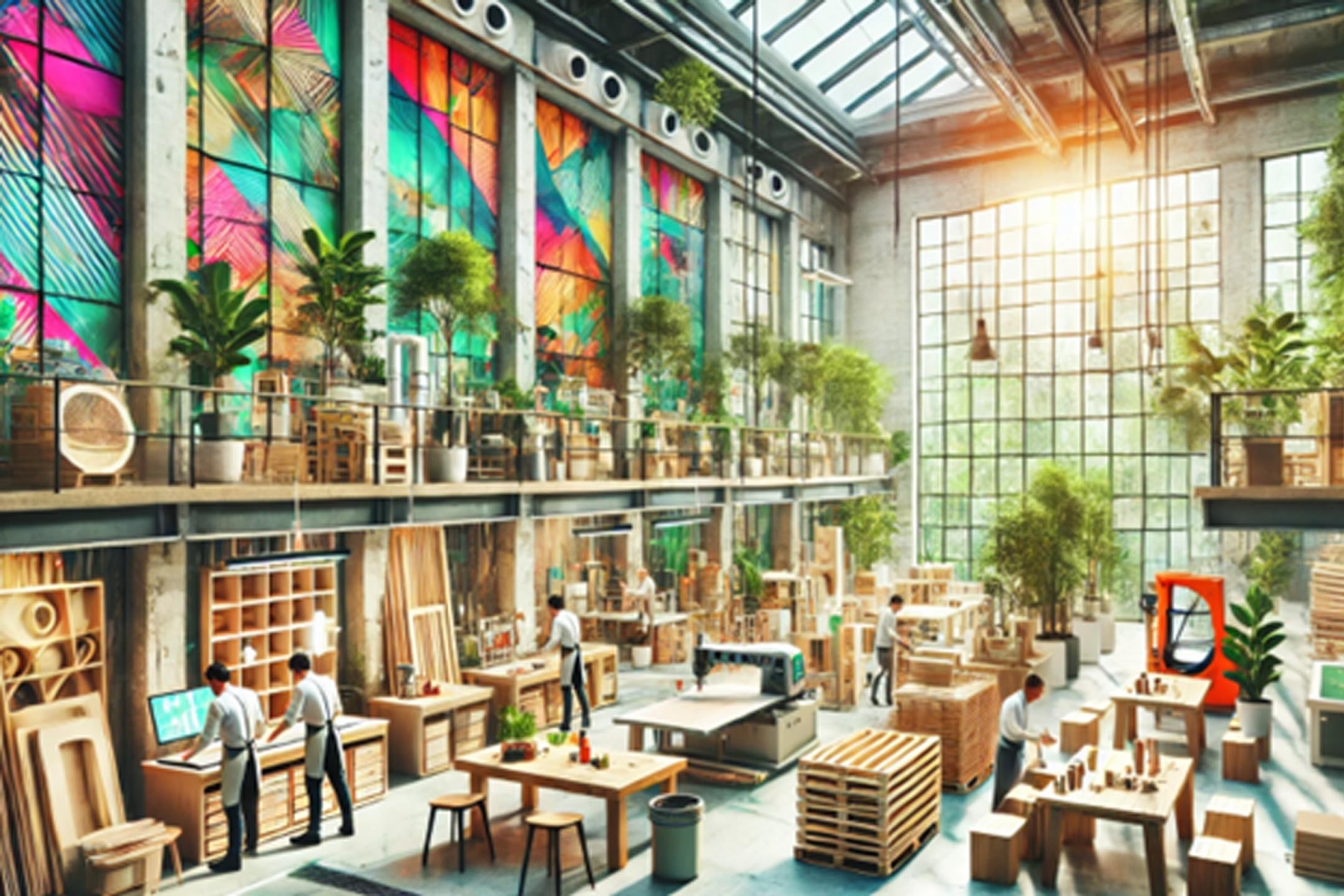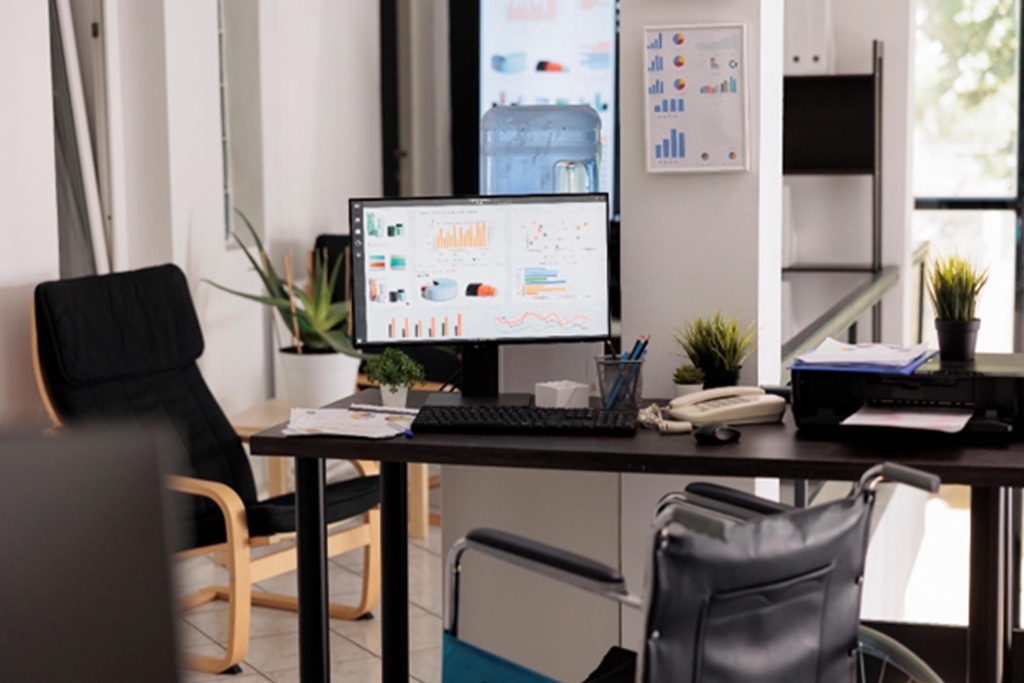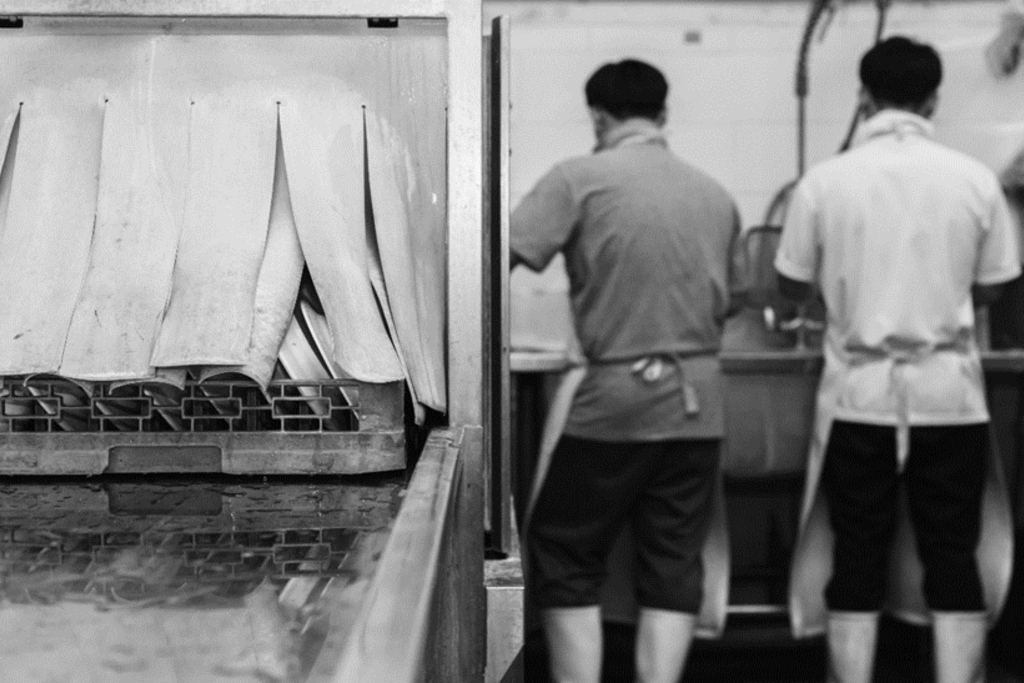In recent years, the push towards sustainable furniture has gained significant momentum, driven by the urgent need to reduce our environmental footprint and promote healthier living spaces. The increasing awareness of climate change and the negative impact of traditional manufacturing processes on the environment has fueled a growing demand for eco-friendly alternatives in the furniture industry. Consumers and businesses alike are becoming more conscious of the environmental responsibility associated with their purchasing decisions, seeking out products that align with their commitment to sustainability. This trend is particularly evident in the commercial sector, where sustainable furniture companies are leading the way in adopting green initiatives and innovative practices. This blog delves into the various eco-friendly practices being implemented in the commercial furniture manufacturing industry, highlighting the methods used to create sustainable products and the benefits of making such sustainable choices. From the use of recycled materials and renewable resources to energy-efficient production techniques, we will explore how the industry is evolving to meet the needs of a more sustainable future. Join us as we uncover the advancements and strategies that are helping to shape a greener, more responsible furniture industry.
Introduction to Eco-friendly Practices in Commercial Furniture
Sustainability in manufacturing is crucial for minimizing the environmental footprint and conserving natural resources. The demand for eco-friendly furniture design is growing, as businesses seek to align with green initiatives and meet consumer expectations. This post delves into the methods and benefits of sustainable furniture production, offering insights into how the industry is evolving.
Understanding Sustainability in Furniture Manufacturing
Sustainability in furniture manufacturing encompasses practices that reduce environmental impact and promote the use of renewable resources. Traditional production processes often involve high resource consumption, waste generation, and the use of harmful chemicals. In contrast, sustainable manufacturing aims to mitigate these impacts by adopting eco-friendly alternatives.
In commercial settings like offices, hotels, and restaurants, the relevance of sustainability is profound. These environments utilize a vast array of furniture items, making the impact of furniture production on the environment substantial. Sustainable practices not only help in preserving the environment but also promote social responsibility by ensuring fair wages and safe working conditions for employees.

Key Eco-friendly Materials Used in Commercial Furniture
Several sustainable alternatives are now commonly used in commercial furniture manufacturing. These include:
- Bamboo: Known for its rapid growth and renewable nature, bamboo is a popular choice for its durability and aesthetic appeal.
- Reclaimed Wood: Using recycled wood reduces the need for new timber, conserving forests and minimizing waste.
- Recycled Plastics: Transforming post-consumer waste into durable furniture items, recycled plastics help mitigate landfill overflow.
- FSC-certified Wood: Wood certified by the Forest Stewardship Council ensures responsible sourcing of materials and promotes sustainable forestry.
Each material offers unique benefits and challenges. For instance, bamboo’s rapid growth makes it highly sustainable, but it requires specific processing techniques. Recycled materials add character and reduce waste but may be harder to source in large quantities. Sustainable furniture manufacturers are increasingly utilizing these materials to meet both environmental and consumer demands.
Green Manufacturing Processes
Green initiatives in manufacturing processes are critical for reducing the environmental footprint of the furniture industry. These processes include:
- Reduced Chemical Use: Limiting the use of toxic chemicals in production to protect human health and the environment.
- Low VOC Emissions: Utilizing finishes and adhesives with low volatile organic compound emissions to improve indoor air quality.
- Energy-efficient Manufacturing Processes: Implementing renewable energy sources and energy-saving technologies in production facilities to minimize greenhouse gas emissions.
Technological advancements also play a significant role. For example, precision cutting reduces material waste, and modern production equipment can significantly lower energy consumption. By adopting these eco-friendly alternatives, manufacturers can create sustainable products that meet high standards of quality and performance.

Certifications and Standards for Sustainable Furniture
Certifications like BIFMA Level and Forest Stewardship Council (FSC) are essential in promoting sustainability within the furniture industry. These certifications ensure that manufacturers adhere to strict environmental and social standards, enhancing consumer trust and industry credibility.
Obtaining these certifications involves rigorous processes, but they signal a manufacturer’s commitment to sustainability and can significantly impact purchasing decisions. Sustainable furniture companies that achieve these certifications demonstrate their dedication to reducing their environmental footprint and promoting environmental stewardship.
The Business Benefits of Adopting Green Practices
Adopting green practices offers numerous business benefits. Sustainability can enhance brand image and attract eco-friendly companies and consumers, particularly as more people prioritize sustainable choices. While the initial costs of switching to sustainable practices may be higher, the long-term financial benefits are substantial. Energy-efficient manufacturing processes reduce operational costs, and sustainable materials often lead to more durable products, decreasing replacement and maintenance expenses.
Additionally, businesses can achieve their sustainability goals by investing in sustainable office furniture and other eco-friendly products. This investment not only helps in reducing the negative impact on the environment but also ensures compliance with environmental regulations and standards.
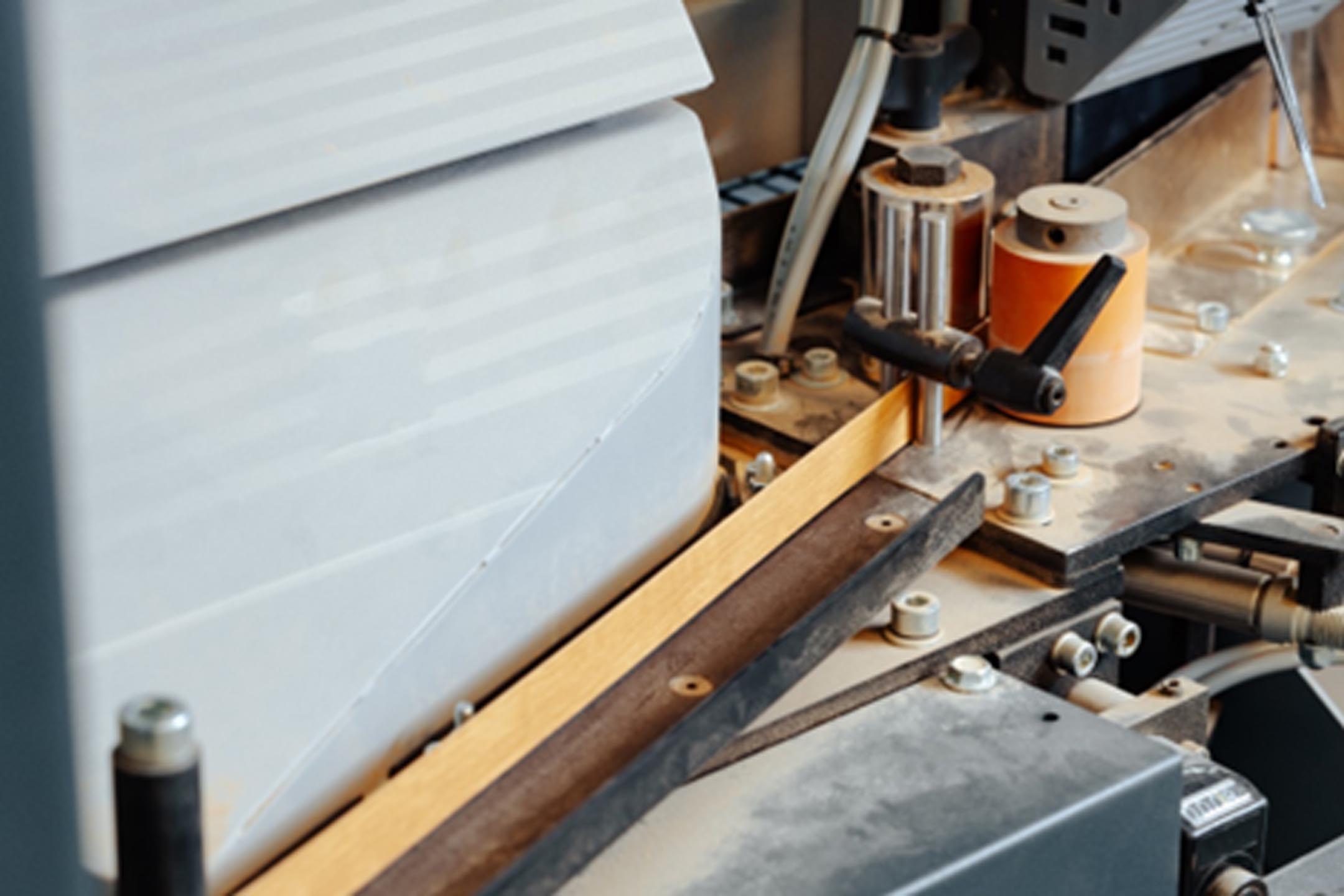
Case Studies
Several industry leaders are pioneering eco-friendly practices in commercial furniture manufacturing. For example, a leading manufacturer might utilize recycled materials and renewable energy sources throughout its production process, resulting in a significant reduction in greenhouse gas emissions and waste.
Another company may focus on Modular designs that extend the life of their products and allow for easy upgrades and repairs, promoting a circular economy. These practices not only reduce environmental impact but also enhance the company’s market position and customer loyalty.
Highlighting industry leaders in eco-friendly commercial furniture manufacturing provides valuable insights into successful sustainable practices. One exemplary company is Gaber, a company that stands out for its robust commitment to sustainability. By implementing a variety of green initiatives, they have significantly reduced their environmental footprint and set a benchmark in the furniture industry.
Gaber has been committed to sustainable furniture production since 2000, avoiding the use of polluting substances and encouraging the use of recycled materials. Their approach to sustainability is comprehensive, covering all aspects of their production processes and product lifecycle.
Clean Materials
One of the key practices at Gaber is the use of clean materials, especially in their technopolymer production. Gaber exclusively uses highly innovative thermoplastic materials that are 100% recyclable. Each technopolymer item is marked with a specific symbol to identify the type of polymer, ensuring rapid identification and proper recycling. Notably, Gaber produces injected technopolymer materials without adding harmful chemicals. These materials are sourced within the European Union, ensuring compliance with the “Reach Regulation” by the ECHA (European Chemicals Agency). Whenever possible, Gaber uses recycled plastic materials as a basic raw material, recovered from post-consumer sources.
Gaber’s commitment to sustainability extends to their metal structures as well. These structures are available with “trivalent” chrome plating and painted finishes that fully respect the natural environment. The premium epoxy powder coating used on Gaber frames improves color stability over time, enhances corrosion resistance, and achieves excellent resistance to atmospheric agents.
Sustainable Wood and Packaging
Gaber also prioritizes sustainability in their use of wood and packaging materials. Their wooden products comply with European Regulations regarding formaldehyde emissions from wood-based products (E1 according to EN717-EN120). Gaber sources wooden raw materials from PEFC chain of custody certified suppliers, ensuring responsible forest management.
For packaging, Gaber uses corrugated boxes printed with eco-friendly inks, made of at least 80% recycled and recyclable materials from the FSC Recycled chain of custody. The packaging is designed to optimize storage and transport, benefiting the environment and reducing transport costs.
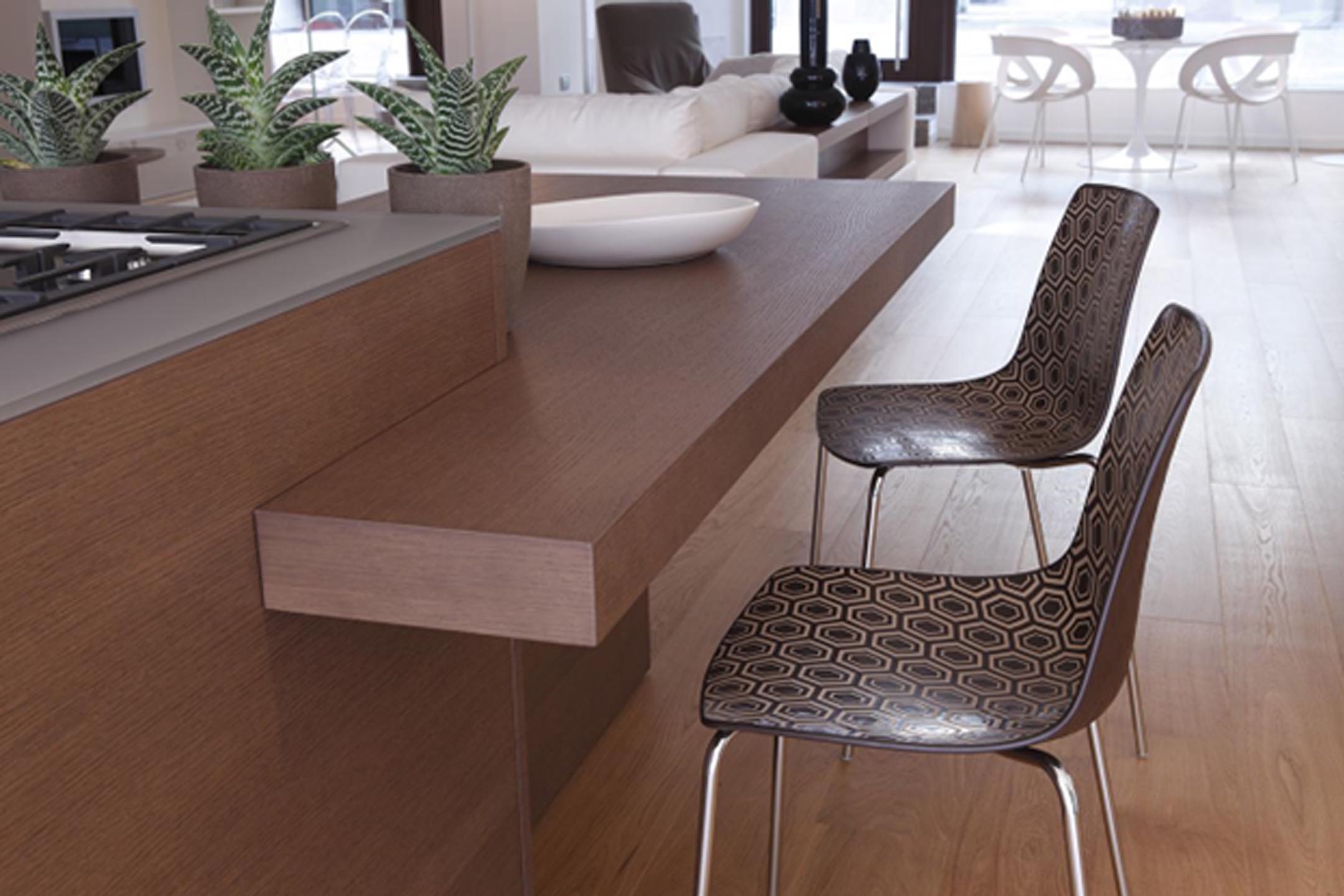
Sustainable Products
Gaber’s commitment to sustainability is further demonstrated by their innovative Compound Wood product. This advanced bio-composite incorporates natural wood fibers into a polyolefin matrix to produce a material that is environmentally friendly in three ways: it uses derivatives from wood processing, is completely recyclable, and does not require polluting treatments.
Commitment to Sustainability
Gaber’s sustainability efforts have not gone unnoticed. The company has received several awards for their sustainable collections, including the Buygreen award, which highlights their continuous commitment to innovation in both their products and the materials used.
Results
The specific practices implemented by Gaber have yielded impressive results. Their use of clean, recyclable materials, responsible sourcing of raw materials, and innovative sustainable products have significantly reduced their carbon emissions and energy consumption. These efforts have not only enhanced their brand image but also increased their market share as more consumers and businesses seek out sustainable furniture companies.
In conclusion, Gaber exemplifies how sustainable furniture manufacturers can lead the way in eco-friendly commercial furniture manufacturing. Their comprehensive approach to sustainability—from material sourcing to production processes—demonstrates the tangible benefits of adopting green practices in the furniture industry.
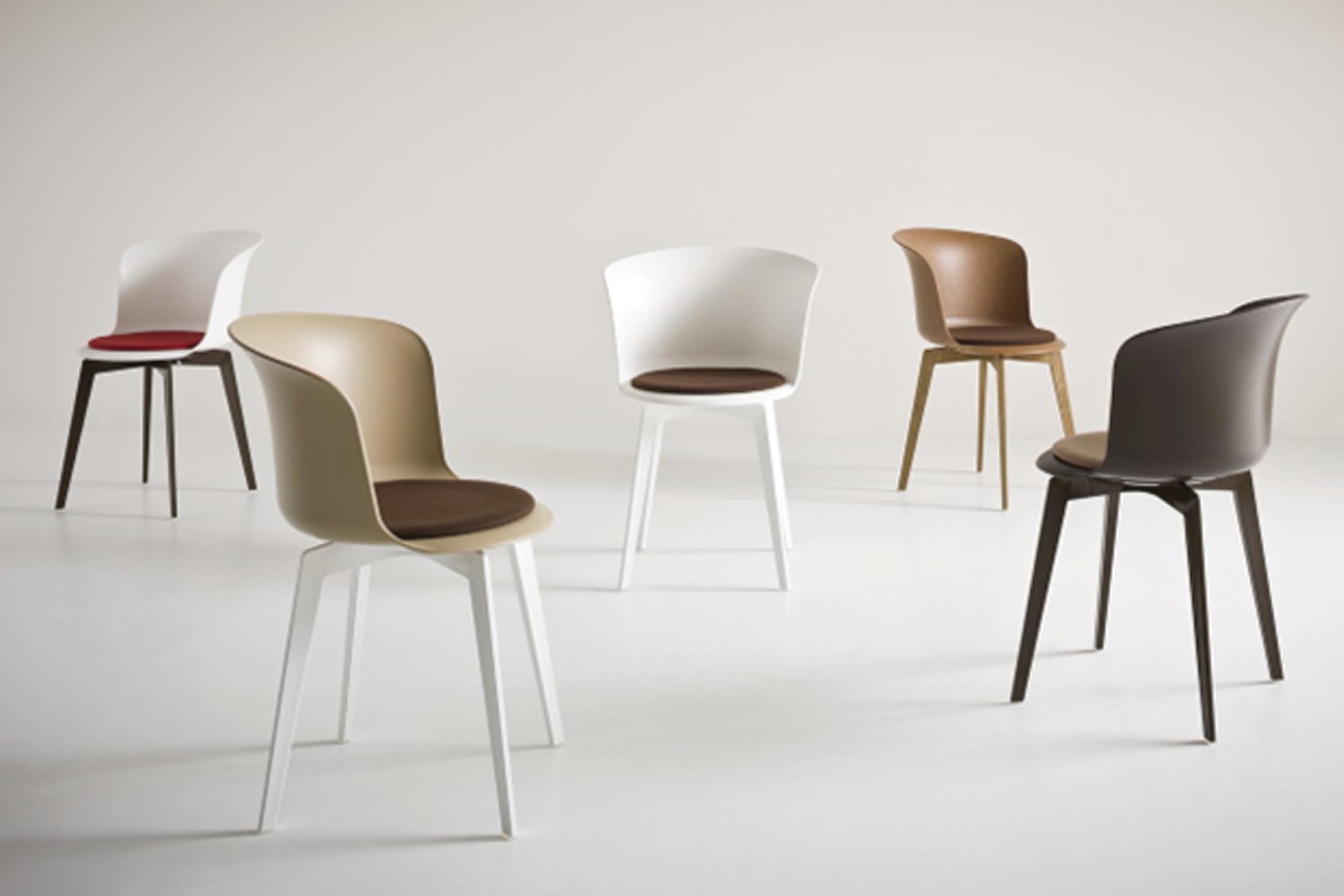
Future Trends in Sustainable Furniture Manufacturing
Looking ahead, the future of sustainable furniture manufacturing is promising. Innovations such as biodegradable materials, renewable materials, and advanced eco-friendly alternatives are on the rise. The integration of sustainable design principles, such as Modular designs and recyclable materials, will continue to drive the industry forward.
Challenges remain, including the need for more widespread adoption of sustainable practices and overcoming the cost barriers associated with sustainable production. However, the opportunities are vast, with the potential for significant advancements in sustainable sources, resource efficiency, and waste reduction.
Conclusion
The shift towards sustainable furniture production is transforming the furniture industry. By embracing eco-friendly furniture design, utilizing high-quality materials, and committing to environmental responsibility, manufacturers can create products that not only meet consumer demands but also contribute to a greener future. As businesses and consumers continue to prioritize sustainability, the industry will evolve, paving the way for a more sustainable future in furniture manufacturing.
 +1 (905) 825 9665
+1 (905) 825 9665